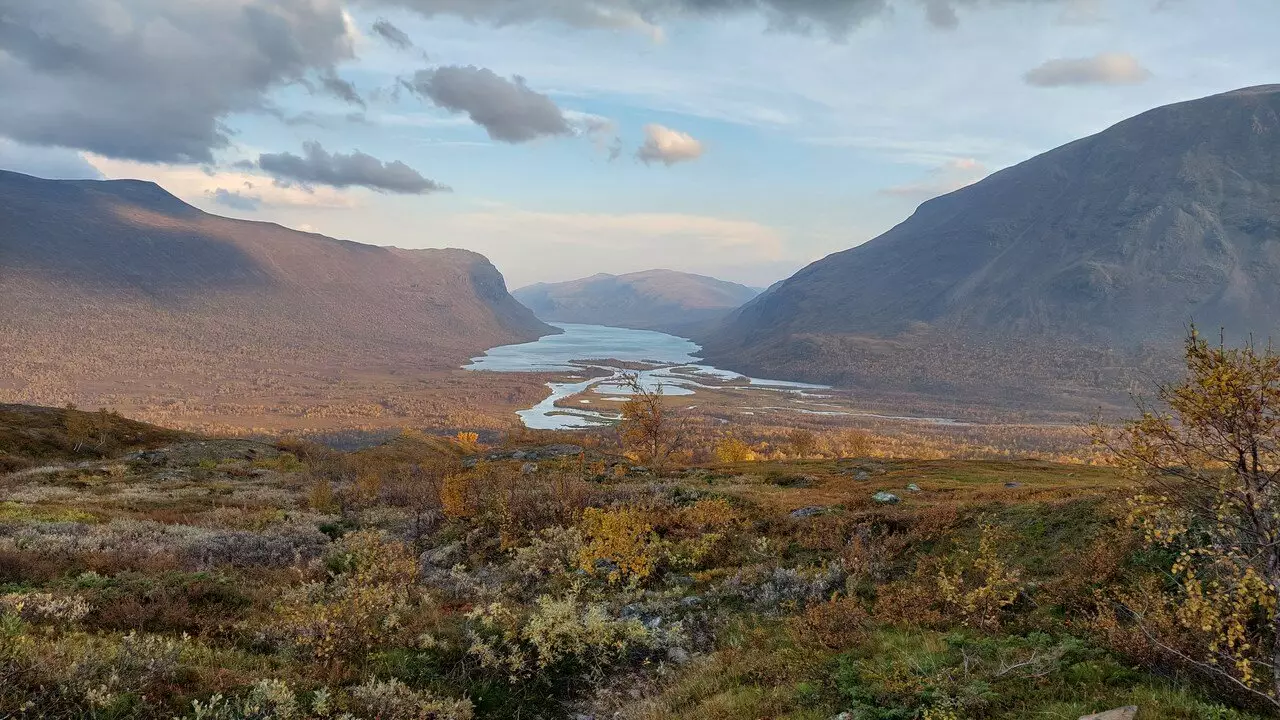As the world grapples with the pressing issues posed by climate change, the discourse has predominantly focused on terrestrial ecosystems. However, emerging research from Umeå University underscores the critical oversight of inland water systems—lakes, rivers, and streams—in greenhouse gas (GHG) emissions assessments. This new paradigm invites researchers, policymakers, and the public to reconsider the intricate relationship between land and water in the context of climate impact.
Traditionally, climate models have centered on land-based emissions and carbon sinks. Yet, as highlighted by Jan Karlsson, a professor at Umeå University, neglecting the carbon flows between terrestrial and aquatic environments could lead to highly inaccurate climate assessments. Specifically, the data suggests that carbon exported from land to water bodies, especially in cold and elevated regions, might significantly offset the carbon uptake that these land ecosystems achieve. This aspiration for a more integrated understanding reflects a fundamental shift needed within climate science—a movement towards appreciating the interconnectedness of our ecosystems.
Research indicates that cold regions, particularly those found in the northern parts of the globe, are warming at an alarming rate—up to four times faster than the global average. This rapid change poses a double threat: it compromises the integrity of fragile ecosystems while simultaneously releasing previously stored greenhouse gases into the atmosphere. The grim reality emerges that these gases, once trapped in soils and permafrost, are now contributing to atmospheric GHG levels, which further fuels climate change. Such findings, derived from comprehensive assessments of more than 3,000 lakes and rivers in the Northern Hemisphere by Chunlin Song and colleagues, offer concrete evidence of the unexpected significance of aquatic greenhouse gas emissions.
Karlsson’s research sheds light on the differences in GHG emissions between lakes and rivers. The studies reveal that rivers, especially those traversing areas with significant permafrost coverage, play a critical role in carbon emissions, often surpassing what was previously anticipated. The accelerated thawing of permafrost not only releases substantial amounts of stored carbon but also presents a feedback loop that exacerbates climate change. This situation is particularly concerning, as the nuances in regional emissions suggest that standardized models may overlook critical local factors that influence the carbon cycle.
The implications of these findings are far-reaching. As outlined by Karlsson, the consequences of ignoring inland waters in climate calculations could misguide policymakers, leading to ineffective climate strategies. Therefore, to enhance the accuracy of climate assessments, it is essential to synergize efforts across multiple disciplines. This necessity for collaboration extends beyond academia; it calls for a paradigm shift in how research infrastructures, funding mechanisms, and educational programs are structured to facilitate interdisciplinary study.
The emerging research from Umeå University illuminates the often-overlooked role of inland waters in the global carbon cycle and greenhouse gas emissions. As global temperatures continue to rise, the implications of these findings become increasingly critical. Bridging the gap between land and water studies signifies an essential step in advancing our understanding of climate change and aims to foster effective solutions for mitigating its dire effects. The dialogue surrounding climate sustainability must evolve to embrace the complexities present in both terrestrial and aquatic ecosystems, recognizing that our planet’s health is intricately bound to the health of all its natural components. Thus, a holistic approach is not merely recommended; it is imperative for the survival of ecosystems and humanity alike.


Leave a Reply